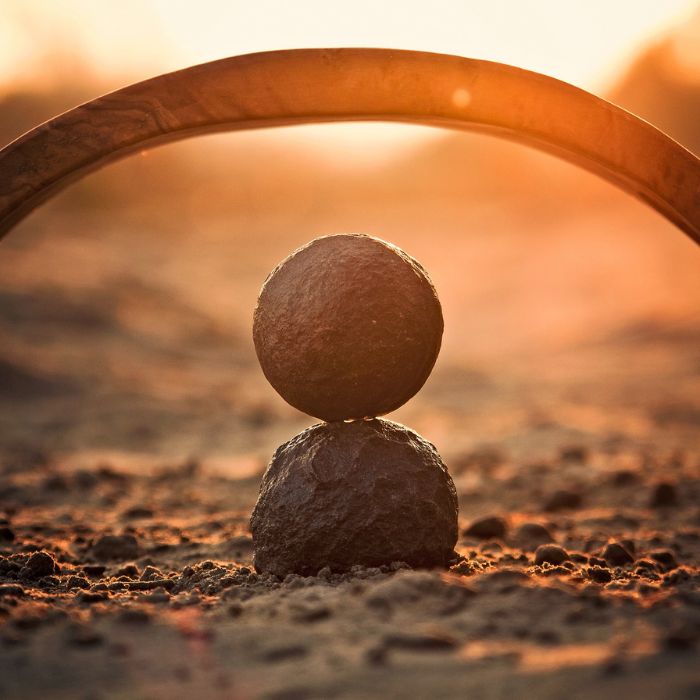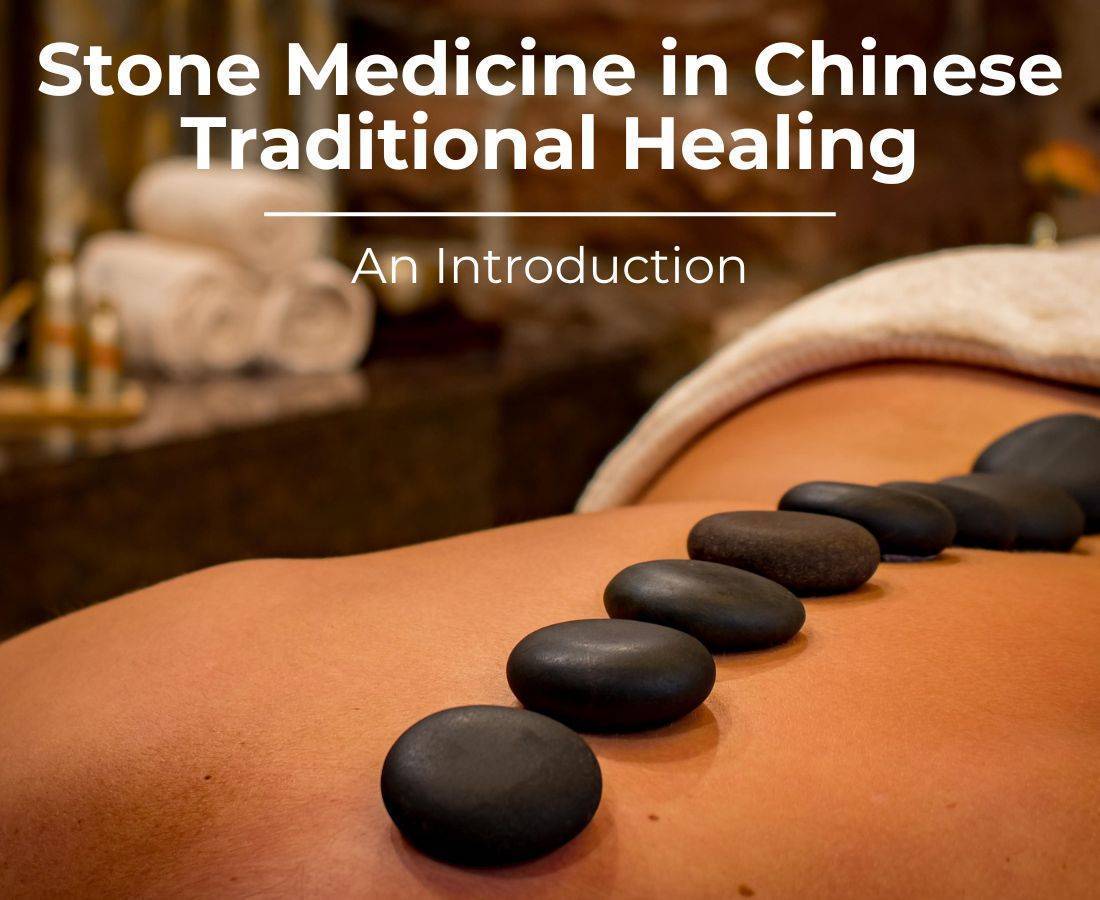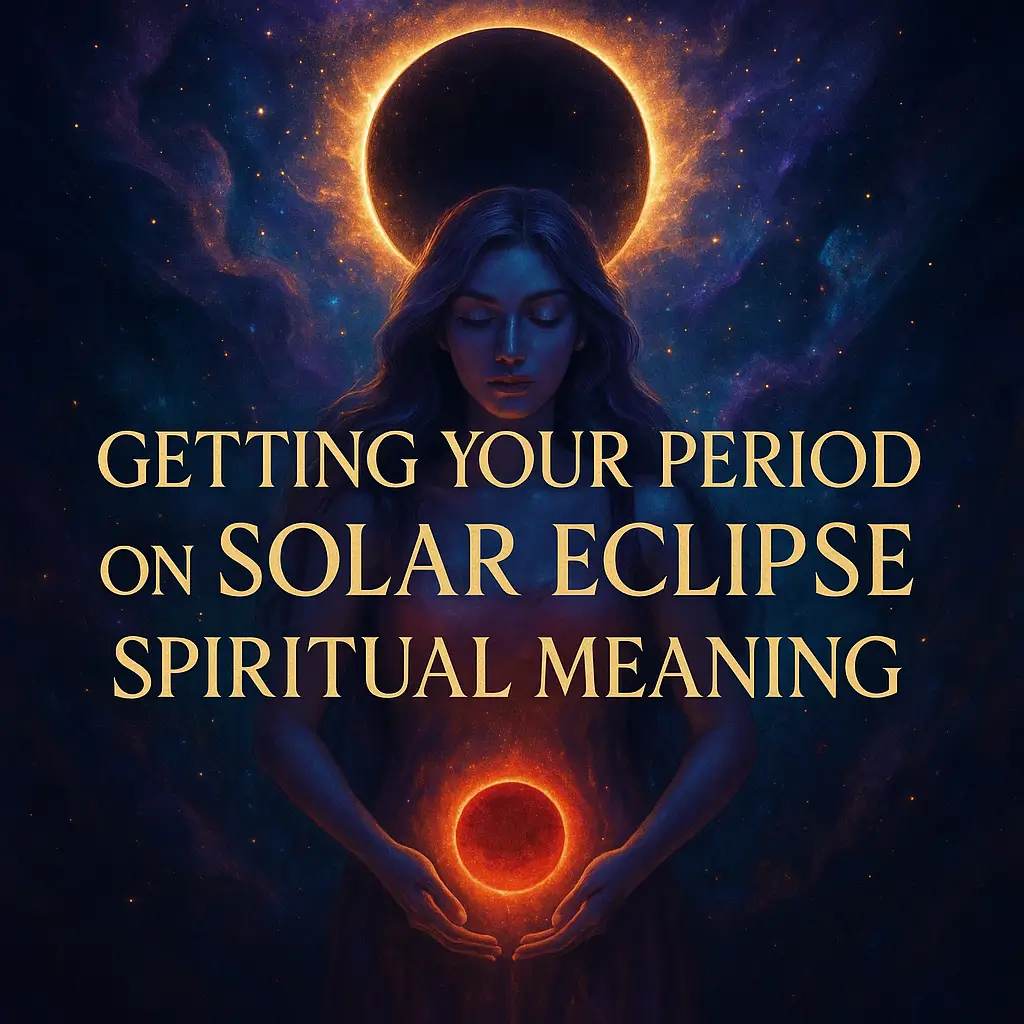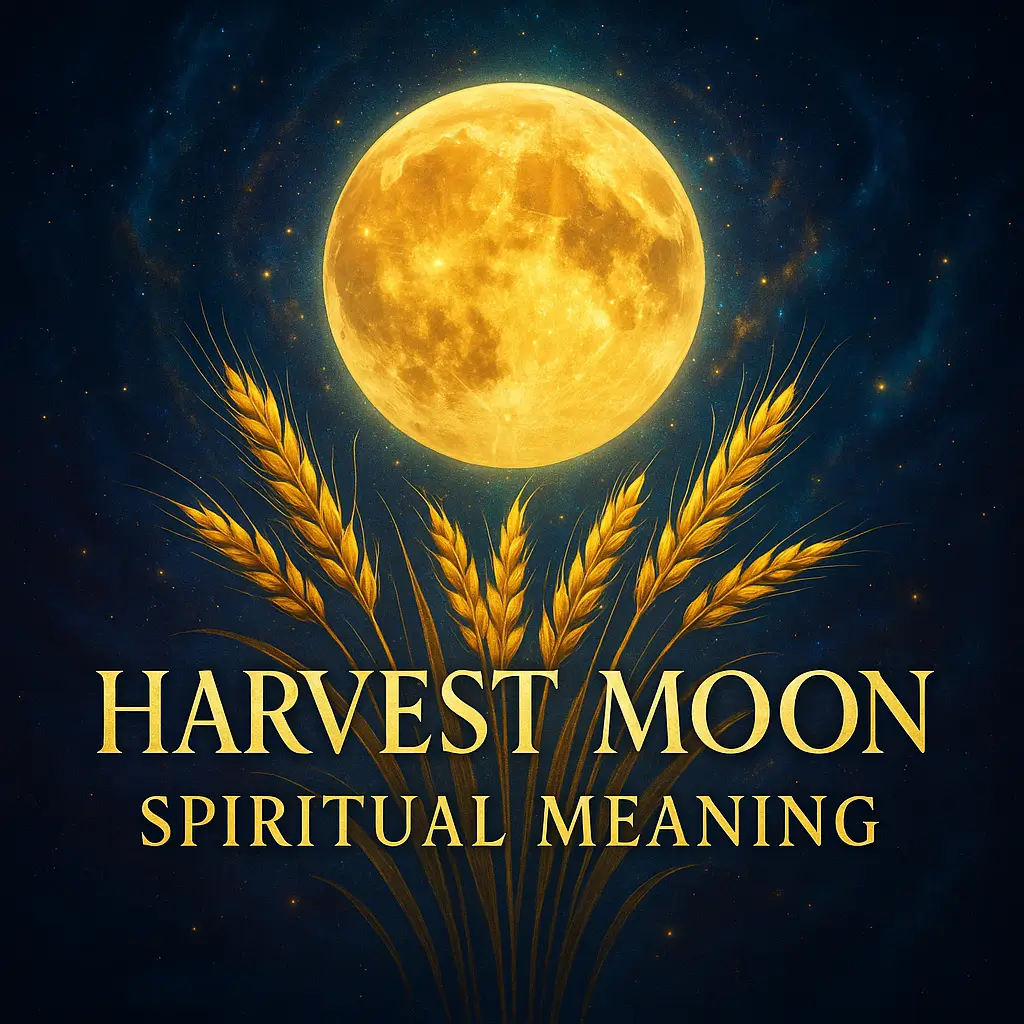Table of Contents
- 1 The Use of Stones in the Ancient World
- 2 The Core Principles of Chinese Medicine and Their Influence on Stone Healing Practices
- 3 Chinese stone medicine and Five Element theory
- 4 Illustrating the concepts of stone healing in Chinese medicine through the examples of chrysocolla and hematite
- 5 Citations
- 6 Author Bio
- 7 Frequently Asked Questions
- 7.1 How did ancient shamans use stones for healing?
- 7.2 What is the connection between Chinese medicine and stone healing?
- 7.3 How does Five Element theory apply to stone medicine?
- 7.4 What are the healing properties of chrysocolla?
- 7.5 Why is hematite effective in Chinese stone medicine?
- 7.6 How should healing stones be cleansed in Chinese medicine practice?
- 7.7 What is the humanistic philosophy underlying Chinese stone healing?
- 7.8 How do ancient cultures view the connection between humans and stones?
- 7.9 What practical discoveries did ancient peoples make about stones?
- 7.10 How long has stone healing been documented in Chinese medicine?
The Use of Stones in the Ancient World
Although historical records lack specific details on how ancient people utilized stones for medicinal purposes, evidence points to an early role in shamanic traditions. Stones were employed as tools in these traditions, contributing to the empowerment and healing of community members.
The historical use of stones for medicinal purposes within shamanic traditions is a fascinating journey deeply rooted in ancient practices. Shamans, revered spiritual leaders and healers in various cultures, recognized the potent energy and symbolic significance of stones, incorporating them into their rituals.
One notable use involved incorporating stones into healing ceremonies. These stones were utilized for their attributed therapeutic energies. Shamans held the belief that specific stones had the capacity to alleviate physical, emotional, and spiritual imbalances. Whether placed on the body, incorporated into rituals, or ingested in various forms, stones were thought to serve as conduits for promoting healing. Their insights came from observations and experimentation, which was an ongoing process.
Through ongoing interactions with stones, ancient peoples engaged in a process of trial and error, unveiling diverse properties. They discerned which stones were most effective for crafting arrowheads and knives, and they uncovered the ability of flint to generate sparks for fire when struck against a stone containing pyrite. These revelations were transmitted across generations, subject to continual testing and refinement.
Ultimately, this profound knowledge laid the foundation for an ongoing exploration into the healing properties of stones. This investigation, meticulously documented, tested, and replicated in China since 206 BCE, has spanned over 88 generations. These enduring insights are intended to inspire and enhance emotional and physical well-being in the present day.
The Core Principles of Chinese Medicine and Their Influence on Stone Healing Practices
The underlying principle of Chinese medicine embraces a humanistic perspective, valuing and honoring each person’s unique qualities, and their ability to contribute meaningfully to family and society. These distinctive attributes manifest through the body, emotions, and mental activities.
As a result, there is no universal “right” food, herb, exercise, or discipline applicable to everyone; instead, each person must embark on their journey to determine what suits them best.
This humanistic philosophy also addresses imperfections and limitations, offering tools to alleviate emotional and psychological suffering. This philosophy recognized the universal human desire to avoid sickness and death yet acknowledges the inevitability of these experiences. Considering this reality, ancient wisdom recommends making one’s life as meaningful as possible. It suggests cultivating virtues such as integrity, loyalty, courage, and piety so that, as people face mortality, they can minimize regrets and reflect on a life well-lived.
Within this Chinese medicine holistic perspective, individuals are also seen as perpetually intertwined with the cosmos, Heaven, and the Earth. This connection transcends mere philosophy; it is a tangible reality. The sun’s light permeates the body, nurturing the bones, while the Earth’s atmosphere, in collaboration with the planet’s plant life, supplies the sustenance people consume. Each breath becomes a link to the vastness of the universe.
For example, the ancients realized that as individuals attune themselves to the divine energetic field, they gradually encounter the heightened vibrational energy fields emanating from minerals, plants, animals, and fellow human beings. This heightened awareness of the divine life-force energy not only fortifies an individual’s understanding of their own energetic fields but also enhances their perception of the energetic realms surrounding others. Consequently, this heightened awareness can foster deeper conscious and unconscious energetic connections with fellow beings, whether human, animal, plant, or mineral.
Moreover, Chinese medicine acknowledges the indivisibility of body, mind, and spirit.

Chinese stone medicine and Five Element theory
Concerning the utilization of stones in healing practices, stone medicine evolved from a belief in the inherent energy of nature possessing the ability to heal. Stones were systematically classified based on their yin (feminine cooling) or yang (masculine warming) energies, as well as their correlation with the Five Elements of metal, water, wood, fire, and earth.
The ancients maintained that these Five Elements not only exist in the external environment but also manifest within the body. Organ systems within the body were believed to correspond to each element in the following manner:
- Earth (Spleen)-The organ color bright yellow, the channel color is soft yellow.
- Metal (Lungs) – The organ color bright white, the channel color is soft white.
- Fire (Heart)-The organ color bright red, the channel color is soft red.
- Wood (Liver)-The organ color bright green, the channel color is soft green.
- Water (Kidneys)-The organ color bright blue, the channel color is soft blue.
Derived from these principles, ancient Chinese healers embarked on an exploration of stones, categorizing hundreds based on their affinity with specific elements and organ systems within the body. Many stones were found to support the health of multiple organs; for instance, chrysocolla benefited the Lungs, Liver, and Kidneys, while hematite worked on the pericardium and the liver.
Beyond the Five Elements framework, continual testing, and reassessment of each stone’s functions over millennia uncovered both physical and emotional benefits associated with specific placements of stones on the body, in the home, or when ingested.
To illustrate, in a Chinese medicine clinic, specific stones are often employed for their capacity to absorb and neutralize Toxic Qi. Positioned strategically, these Earth Elements act as natural filtering devices. Examples include amethyst, salt, clear and colored quartz, as well as various minerals or gemstones. To maintain their effectiveness, these crystals should be cleansed daily, either by immersing them in salt water until they are purified or by burying them in the ground for a period of three days.
Illustrating the concepts of stone healing in Chinese medicine through the examples of chrysocolla and hematite
Chrysocolla emerged as tool to strengthen a weakened immune system, a promoter of healthy pregnancies, a reliever of joint pain and swelling, a mitigator of premenstrual symptoms, an enhancer of sperm production, and a stabilizer of mood swings. It was also noted for heightening awareness at the Yintang, or third eye point, inducing heightened states of consciousness. Emotionally, chrysocolla sparks novelty in predictable relationships.
Hematite, on the other hand, was found to influence the blood, strengthening the pericardium’s protective abilities against emotional wounds. With its high iron content, hematite retained heat and absorbed the essence of illnesses due to its sponge-like nature. The stone’s ability to open blood and energy channels addressed issues like varicose veins, impotence or frigidity, poor circulation, and embolism.
These revelations became possible thanks to the holistic roadmap of emotional and physical well-being provided by Chinese theory. The ancients, guided by instincts and curiosity, sought to alleviate suffering and inspire individuals to live in harmony with their highest purpose.
Citations
- Johnson, J.A. (2000). Chinese Medical Qigong Therapy: A Comprehensive Clinical Guide
- Franks, L.J. (2016). Stone Medicine: A Chinese Medical Guide to Healing with Gems and Minerals
Author Bio
Dr. Juli Kramer is a certified qigong instructor with a diploma in Chinese Medicine Nutritional Therapy and various certificates in Chinese medicine. Additionally, she offers Chinese medicine face reading consultations to aid in personal growth and development. Dr. Kramer holds a Ph.D. in Curriculum & Instruction and Counseling Psychology.
Frequently Asked Questions
How did ancient shamans use stones for healing?
Shamans incorporated stones into healing ceremonies, believing specific stones alleviated physical, emotional, and spiritual imbalances. They placed stones on the body, used them in rituals, or ingested them, viewing stones as conduits for promoting healing through their attributed therapeutic energies.
What is the connection between Chinese medicine and stone healing?
Chinese stone medicine evolved from beliefs in nature’s inherent healing energy. Stones were classified by yin/yang energies and correlated with Five Elements (metal, water, wood, fire, earth), each linked to specific organ systems. This framework systematically categorized hundreds of stones for targeted health benefits.
How does Five Element theory apply to stone medicine?
Five Element theory correlates organ systems to elements: Earth-Spleen, Metal-Lungs, Fire-Heart, Wood-Liver, Water-Kidneys. Each stone’s color and energetic properties align with these elements, allowing practitioners to select specific stones to support corresponding organ health and emotional balance.
What are the healing properties of chrysocolla?
Chrysocolla strengthens weakened immune systems, promotes healthy pregnancies, relieves joint pain and swelling, mitigates premenstrual symptoms, enhances sperm production, and stabilizes mood swings. Emotionally, it heightens third-eye awareness and sparks novelty in relationships through consciousness expansion.
Why is hematite effective in Chinese stone medicine?
Hematite’s high iron content influences blood and strengthens the pericardium against emotional wounds. Its sponge-like nature absorbs illness essence and opens blood-energy channels, addressing varicose veins, poor circulation, impotence, frigidity, and embolism through heat retention and energetic properties.
How should healing stones be cleansed in Chinese medicine practice?
Healing stones used to absorb Toxic Qi should be cleansed daily. Immerse them in salt water until purified, or bury them in the ground for three days. Regular cleansing maintains their energetic effectiveness and filtering capabilities in healing applications.
What is the humanistic philosophy underlying Chinese stone healing?
Chinese medicine honors each person’s unique qualities, recognizing no universal ‘right’ treatment for everyone. This philosophy addresses suffering through tools aligned with individual needs, while acknowledging mortality. It recommends cultivating virtues and meaningfulness to minimize regrets and live harmoniously.
How do ancient cultures view the connection between humans and stones?
Ancient wisdom recognizes humans as intertwined with cosmos, Heaven, and Earth. Attuning to divine energetic fields heightens awareness of vibrational energies from minerals, plants, animals, and people. This interconnectedness fosters deeper conscious and unconscious energetic connections across all beings and nature.
What practical discoveries did ancient peoples make about stones?
Through trial and error, ancients discovered which stones worked best for tools like arrowheads and knives. They found that flint generated sparks when struck against pyrite-containing stones, creating fire. These discoveries transmitted across generations, continuously tested and refined through experimentation.
How long has stone healing been documented in Chinese medicine?
Stone healing knowledge has been meticulously documented, tested, and replicated in China since 206 BCE, spanning over 88 generations. This enduring investigation into stones’ healing properties continues to inspire and enhance emotional and physical well-being in contemporary practice.



